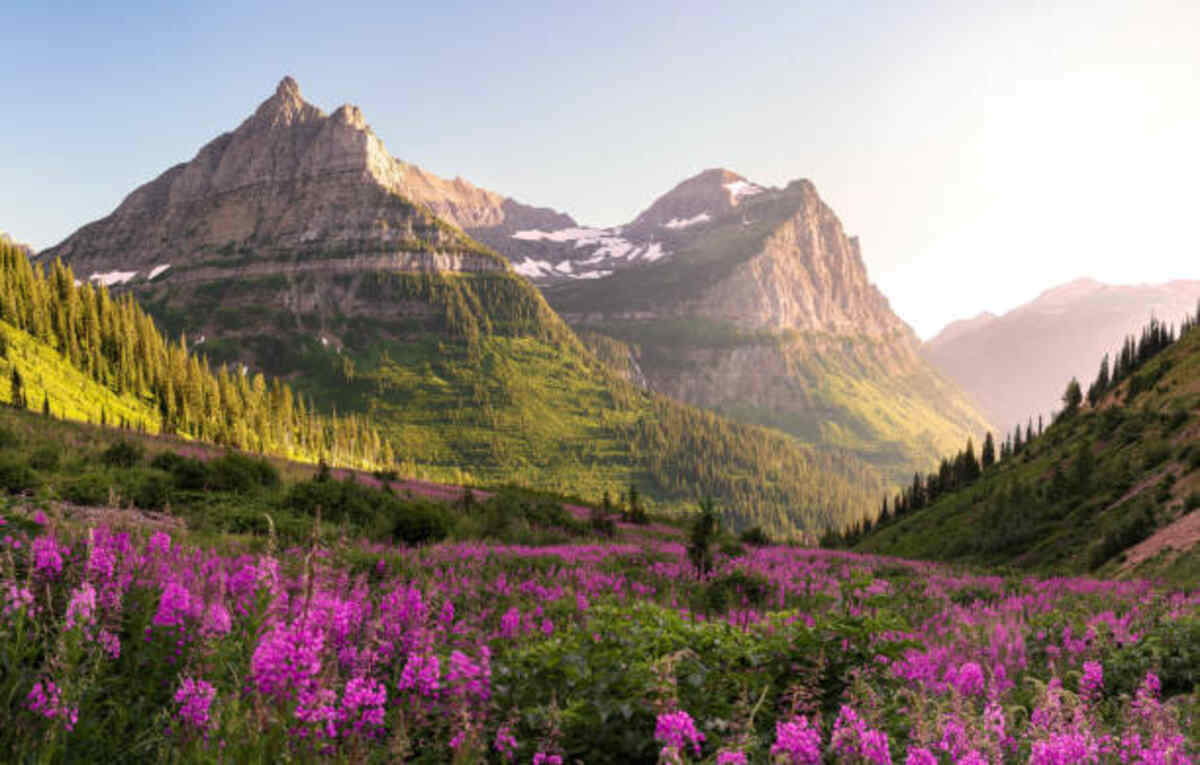Montana’s stream flows reveal much about its rivers and surrounding environment. Montana’s low population density and history have allowed it to secure river protections through various water compacts with federal agencies like the Forest Service and other organizations.
Volunteers measuring stream flow use a rod angled sideways into the water to generate turbulence, then observe how much of that turbulence leaps over and around it to form what is known as velocity head depth.
Stream Flows
Montana’s mountainous terrain and climate significantly impact river flow conditions throughout the state, while population changes often thwart efforts to provide streamflow protections for vulnerable waters in Montana.
The Montana compact, created in 2007 with the assistance of both the federal Forest Service and Native American tribes, helped to limit what Ziemer refers to as “competitive culture” among water users. But even its supporters admit that its effectiveness may be limited; for example, not all streams are covered, older rights take precedence during dry times, and only minimum flows are provided; there are no flushing flows to remove sediment or floodwaters that promote riparian habitat.
Across the state, stream gauges provide current conditions data that inform local governments, businesses, and residents on water quality conditions. They also protect public safety and natural resource management activities like fisheries management and long-term water supply planning.
Muddy Creek Gage in Montana’s southwestern corner is the epicenter of an ongoing collaboration among ranchers, USFWS staff, and FWP staff to maintain steady flows in the Upper Big Hole River and protect Artic grayling from being listed as an endangered species. Recording data since 1925 remains one of the most extended recording sets among Montana USGS gages.
Freestone River Flows
Western Montana’s freestone rivers are the heart of our beautiful scenery and boast some of the world’s best fly fishing opportunities. From dramatic spring/summer runoffs to gentle, off-color flows in fall/winter, Montana’s freestone rivers stand as icons among recreational offerings for visitors to Montana.
Freestone rivers differ from tail waters below dams by receiving their supply directly from rain and snowmelt; consequently, their levels vary widely over time, from an initial surge during early and midsummer to trickles in late fall and winter.
These rivers’ dynamic flows attract fish, making them unique places to be. Their ideal conditions make guided float trips an increasingly popular option.
As summer begins, freestone river flows can quickly become dirty before returning to ideal trout habitat, with riffles, runs, and deep pools suitable for 8-18-inch trout. Now is an excellent time to float Madison or Rock Creek rivers for hard-fighting trout using significant bug dry fly patterns!
Below is a list of USGS stream gages throughout Montana that serve as sources for real-time streamflow data, providing water managers, local governments, and federal agencies with essential real-time streamflow data for informed decisions regarding water supply and quality issues. Some gages also report temperatures, which are integral to aquatic organisms’ survival.
Spring Flows
Montana’s mountainous regions contain rivers dominated by snowmelt systems; winter precipitation typically falls as snow, stored until spring temperatures warm and it melts (WRCC undated). Snowmelt creates year-to-year variations in streamflow patterns.
Many snowmelt-driven streams display characteristic hydrographs with early peak flows centered in March and April and decreasing summer flows; for instance, Warm Springs Creek Stream Gage near Anaconda, Montana, shows annual patterns of high water flows that are almost entirely snowmelt-driven.
Montana river systems often display a dual-peaked hydrograph, with one peak occurring around February/March and another around June due to snowpack at low and higher elevations. Examples include the Musselshell River near Mosby and the Powder River near Locate.
Water data quality and availability are of utmost importance in making informed, day-to-day, and long-term decisions in Montana, with USGS stream gauges providing this vital data collection service funded by local, state, tribal, private, and federal cost share partners for citizens’ benefit and public emergency planning/notification/management strategies as well as long term water supply management.
Summer Flows
As summer progresses, peak flows diminish, and flow returns to more steady states. Since 1985 and especially in 2015, indicator stream gages have witnessed more below-normal summer flows at indicator stream gages; by 2021, most rain-sourced, transitional, and snow-sourced systems had below-normal summer flows 75% of the time.
Increased global warming leads to more frequent and severe dry spells across Montana, even when precipitation totals are around average. Based on projections made using model simulations, mean annual streamflows will decline at most of Montana’s 81 monitored stream gages over the coming decade.
Few streams in central Montana may experience less dramatic reductions in summer low flows; however, mean annual streamflows for four river basins (Middle Musselshell, Judith River, Cottonwood Creek, and Belt Creek) in this study area (Middle Musselshell, Judith River Cottonwood Creek, and Belt Creek) are projected to decline between both RCP 8.5 and RCP 4.5 climate scenarios by the end of the century.
These seasonal streamflow fluctuations can devastate stream ecosystems, fish and wildlife habitats, recreational fishing opportunities, and recreational fishing experiences. Low summer flows increase temperatures and nutrient concentrations, threatening species’ physiologies while creating conditions conducive to algal bloom formation. Furthermore, high nutrient levels result in nighttime oxygen deprivation for coldwater fisheries and aquatic vegetation, which could prove fatal for coldwater inhabitants.


